I have my eye on a bend in Jackknife Creek. I know it holds fish. It has to. It’s perfectly sculpted to host a hotel for fish with a deep pool to swim in and overhanging willows for shaded cover. I position myself on the bank across from the bend. I hand my rod to my son. He hands it back. He wants me to cast first so he can watch what happens. My husband is watching too. We’re pretty competitive and we both like to be right so we’ll place bets on just about anything. We have a bet running on this water. If fish are in here, I win.
I take my anxious first-cast stance. You know the one. It’s my serious face with slightly hunched shoulders so I can see a few inches farther while I tighten my knuckle-white grip on my rod so I can cast a bit farther. I’m sure both behaviors do nothing for my fly presentation, but I can’t help myself. That’s just how I fish. I spy the perfect seam for a left-handed drift and drop the line on the current.
The current is new. It’s part of the recently restored Jackknife watershed near the Idaho-Wyoming border. It’s where native Yellowstone cutthroat trout used to spawn.
“A project like this does restore hope for wild places,” says Brent Larson Caribou-Targhee National Forest former supervisor. “No one agency, no one individual, can accomplish this kind of work. It’s an effort of many.”
I documented the effort of many over a summer for Trout Unlimited and Caribou-Targhee National Forest and produced the film ‘Restoring Hope.’
If hope is truly restored, there should be fish in the bend I’m fishing. I hold my breath as the current catches my first cast and sends it sailing. My small, dry fly slides in a lazy swirl toward the bank and the water explodes. It’s an eight-inch Yellowstone cutthroat trout.
The next explosion comes from us cheering on the bank. Fish are back in a creek that was cut off more than a decade ago and we are witnessing the comeback less than a year after rebuild-replace-replant-refill.
Rebuild
An old road runs along Jackknife Creek. A landslide closed the road in 2006. Some users want the road repaired, but the Forest Service budget can’t cover the cost.
“On the Caribou-Targhee, we have roughly 2,800 miles of road,” Larson says. “About 54 percent of those roads are just like Jackknife. Our roads budget has declined about 50 percent. When we look at a project like this and we’re looking at access, it may not be motorized access at the end of the day.”
The road is decommissioned in three days. An excavator moves dirt and plants from the edges to the center. The road is re-contoured into a natural hill slope.
A trail crew works the hill well above the road and far from the creek. It takes eight days to build 1.5 miles of trail for foot and hoof travel. The new route provides access to the Jackknife backcountry.
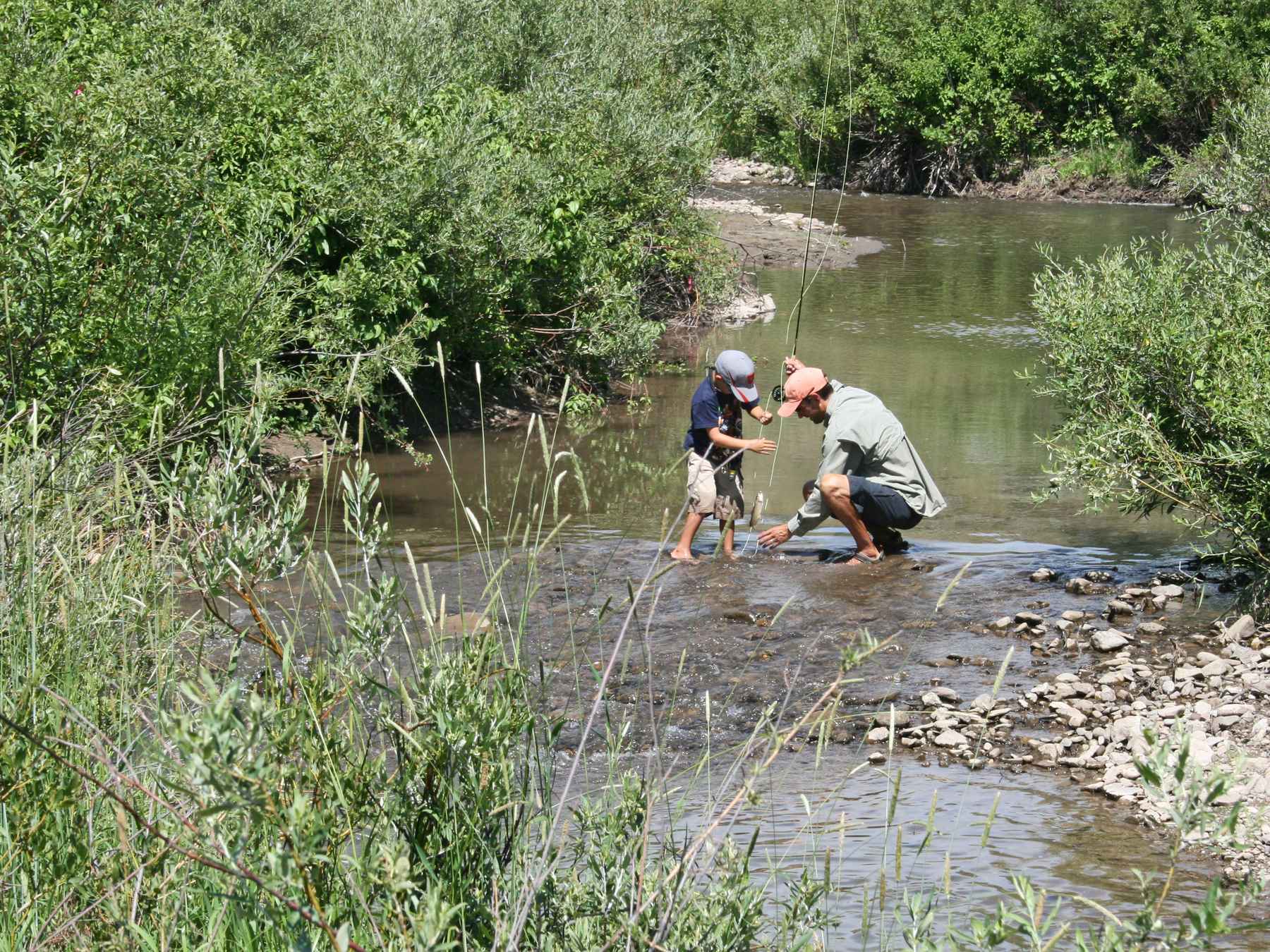
Replace
There’s an old car bridge over Jackknife Creek. It leads to the road that doesn’t exist anymore. The vehicle bridge is being replaced with a pedestrian bridge. A crew of four dismantles the bridge beam by beam in one day. Tara Hicks, Rockin’ T Construction vice president, picks through the timber with an excavator like she’s running her fingers through grass.
“I’ve probably got 15 thousand to 18 thousand hours sitting in the seat of an excavator,” she says. “It’s automatic for me. It’s just an extension of my hand and my brain.”
The old railroad ties are re-used higher up the trail. A new, longer footbridge is built in three days and the choke on the creek causing it to shotgun is relieved.
Replant
Banks along Jackknife Creek are cut eight feet deep due to that shotgun effect. Spring runoff blasts the sides of the river like a fire hose on full throttle. The damage is severe.
“A project like this initially is intimidating,” says Louis Wasniewski, Caribou-Targhee National Forest hydrologist. “But if you do what Mother Nature is indicating that needs to be done, and you do it well, success is in your hands.”
The riverbed is raised up to four feet in five days. Logjams and willow clumps create a softer edge that is even with the ground rather than dropped down.“Two years from now you will hardly know anybody was there yet you will have habitat that will hold fish,” Larson says. “I am totally confident that fish will return to the system.”
Refill
More than 1,000 feet of the original creek abandoned in 1996 is reconnected right before refill. It takes seven days to finish connecting the system and reshape the riverbed along wooden stakes labeled with ‘start riffle here.’
“I certainly believe all of this work we’re doing on tributaries does restore hope,” says Matt Woodard, Trout Unlimited home rivers initiative coordinator. “It gives promise to what we can do to bring things back.”
The steady beep of construction equipment starts singing through the canyon. The sound is a countdown construction style. An excavator is removing the final plug on Jackknife. Restoration is complete. Water is on its way.
“It’s a historic event,” Woodard says. “It’s pretty neat to see water come back that hadn’t been there for a long, long time.”
The water doesn’t come in a wave. It doesn’t rush forward with rapids. It takes the bends like a slithering snake on a cold day. It gradually fills one pool after another and gathers sound as it goes. Jackknife Creek is no longer quiet and only a handful of people are in the water to hear the historic moment when the river returns.
“We are at the tip of an iceberg,” Wasniewski says. “This, in my mind, shows a lot of success that needs to be done across the West.”
I like that the West’s renovation is in my neck of the woods. Sure, no one else is around to witness our recovery verification on a successful summer day, but I know anglers will return to the watershed just like the fish did.
The hunch in my shoulders proved right. There are fish in Jackknife. I win the bet.




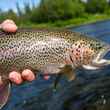
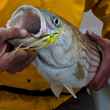




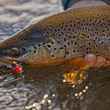
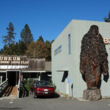




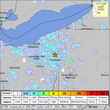



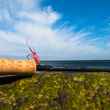
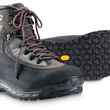



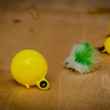
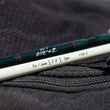

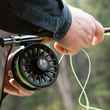
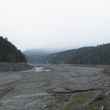
Comments